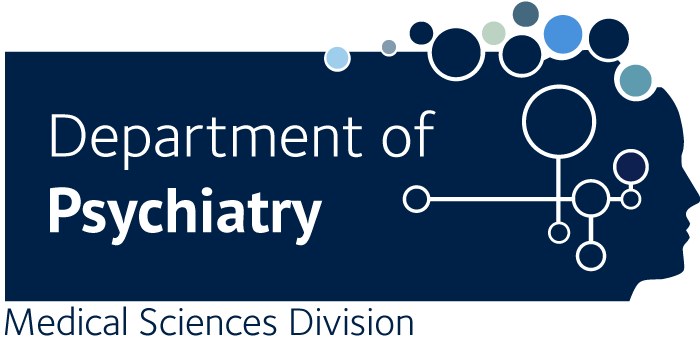Clinically significant fatigue after stroke: a longitudinal cohort study.
Duncan F., Greig C., Lewis S., Dennis M., MacLullich A., Sharpe M., Mead G.
OBJECTIVE: Fatigue is often distressing for stroke survivors. The time course of clinically significant fatigue in the first year after stroke is uncertain. We aimed to determine the frequency, severity and time course of clinically significant fatigue in the first 12 months after stroke onset. METHODS: We recruited patients with a recent acute stroke. At about one month, six months and 12 months, we performed a structured interview to identify clinically significant fatigue (case definition), and assessed fatigue severity (Fatigue Assessment Scale (FAS)). RESULTS: Of 157 patients who initially consented, 136 attended at least one assessment. At one month, 43/132 (33%) had clinically significant fatigue. Eighty-six attended all three assessments, of whom clinically significant fatigue was present in 24 (28%) at one month, 20 (23%) at six months and 18 (21%) at 12 months; their median (IQR) FAS scores were 23 (18 to 29), 21 (17 to 25) and 22.5 (17 to 28) at one, six and 12 months respectively. Of 101 patients who attended at least the one and six month assessments, fatigue status did not change in 65 (64%), with 9 (9%) fatigued throughout and 56 (55%) non-fatigued throughout; 15 (15%) became non-fatigued, 9 (9%) became fatigued, and in 12 (12%) fatigue status fluctuated across three assessments. CONCLUSION: Clinically significant fatigue affected a third of patients one month after stroke. About two thirds of these patients had become non-fatigued by six months, most of whom remained non-fatigued at 12months. Fatigue persists in a third at 12 months.

